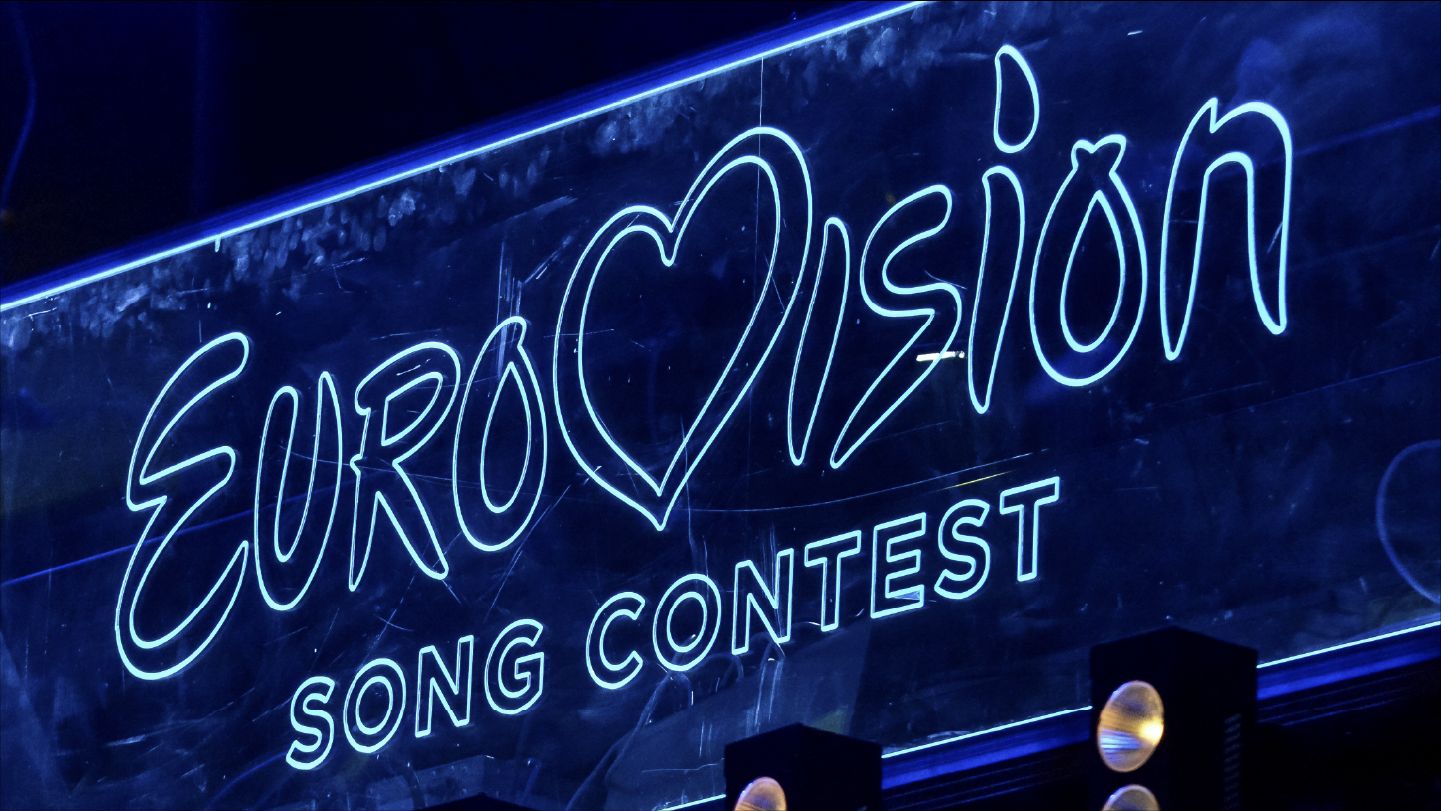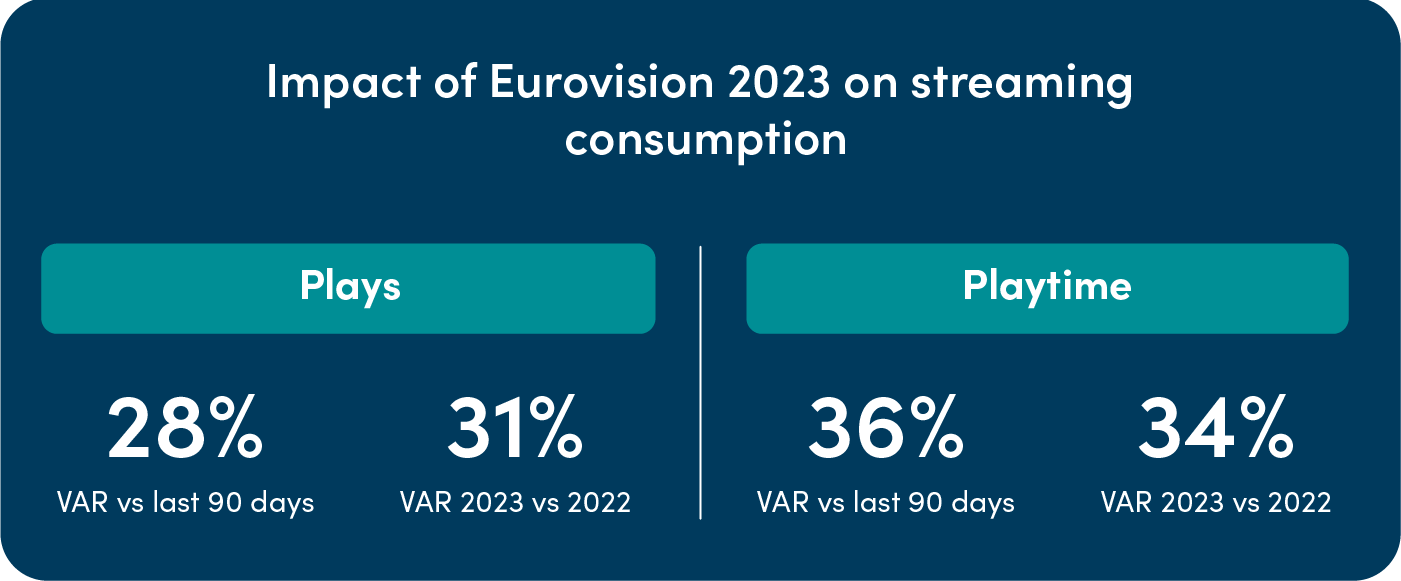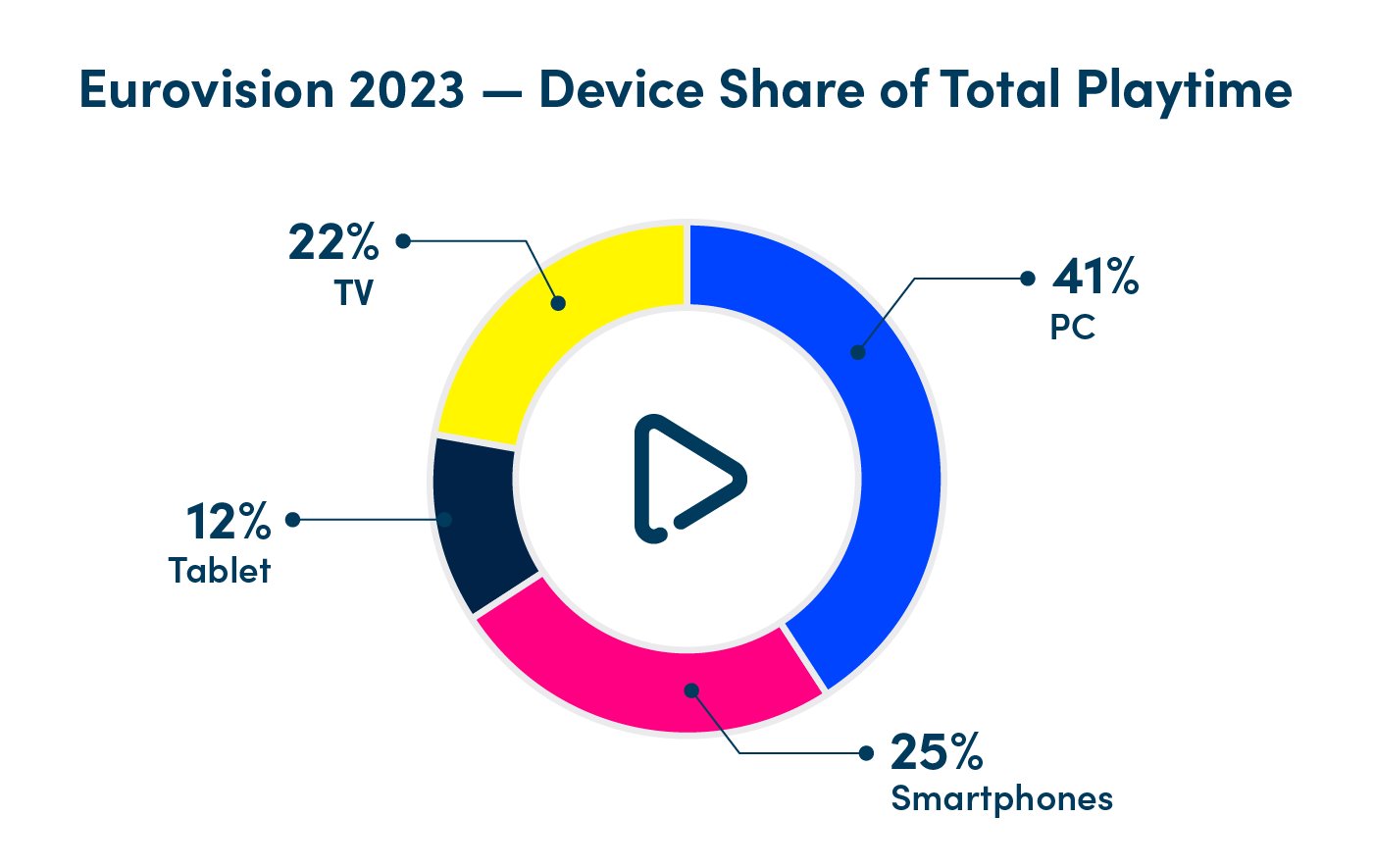Eurovision 2023 not only captured the hearts and minds of millions of fans across Europe and the globe, but also proved to be a massive hit in the world of streaming. Data from a selection of NPAW customers, all leading European broadcasters, demonstrates the significant impact that the song contest has on streaming consumption and the promise it holds for future editions.
In this blog post, we will delve into the numbers and explore the growing user engagement potential of Eurovision, as well as the devices fans used to follow the contest and the possible reasons behind a shift in viewing patterns.
A surge in user engagement
The Eurovision 2023 song contest proved its immense capacity to engage audiences across the online video space. When comparing the total number of plays and total playtime during Eurovision 2023 against the previous 90 days and against Eurovision 2022, the boost effect becomes clear.
Plays surged by 28% during the event versus the previous 90 days, and Eurovision 2023 registered 31% more plays than last year’s edition. Total playtime surged 36% compared to the previous 90 days and was 34% higher than in 2022. These numbers showcase the growing potential of Eurovision to captivate and connect with digital video audiences.
The increased engagement during Eurovision 2023 versus the previous year could be attributed to several factors, including the growing popularity of the contest, and the power of social media in driving interest and conversation around the event. Additionally, the quality and production value of the performances, as well as the ease of access to streaming platforms, likely contributed to the uptick in engagement.
Device preferences and a shift to smaller screens
Analyzing the devices on which fans chose to follow the contest, PCs captured the biggest piece of the pie with a 41% share of total playtime. Smartphones took second place with 25% of the share, followed by TVs with 22%. Tablets captured the lowest playtime with 12% of the share.
Interestingly, compared to the 2022 edition, TVs and PCs each lost 6% in share — the same percentage points won by Tablets and Smartphones. This shift to smaller screens for consuming live content could be attributed to more people being on the move or following the contest on secondary household devices.
Moreover, the convenience and portability of smartphones and tablets make them ideal for multitasking, allowing viewers to engage with the contest while simultaneously interacting with friends and family through social media or messaging apps. This dual-screen experience could be a driving factor behind the shift towards smaller screens.
In conclusion, Eurovision 2023 proved to be a big success in terms of streaming consumption and user engagement, outperforming both regular seasonal patterns and the previous year’s edition. The growing preference for smaller screens could indicate a changing landscape for live content consumption, as users opt for the convenience and flexibility of mobile and tablet devices.
As Eurovision continues to evolve and captivate audiences worldwide, streaming providers and broadcasters must keep pace with these trends to ensure they deliver an optimal viewing experience for fans. With the right strategies and insights, the future of Eurovision streaming looks brighter than ever. The increasing engagement and the shift in viewing patterns present opportunities for broadcasters and streaming services to capitalize on this trend, offering tailored experiences and innovative features to enhance the overall Eurovision experience.



